Indigenous groups are slowly gaining more say in the management of a swiftly changing northern Bering Sea
President Biden reinstated an Obama-era climate resilience area and other agencies are moving to include Indigenous voices in the region's management.
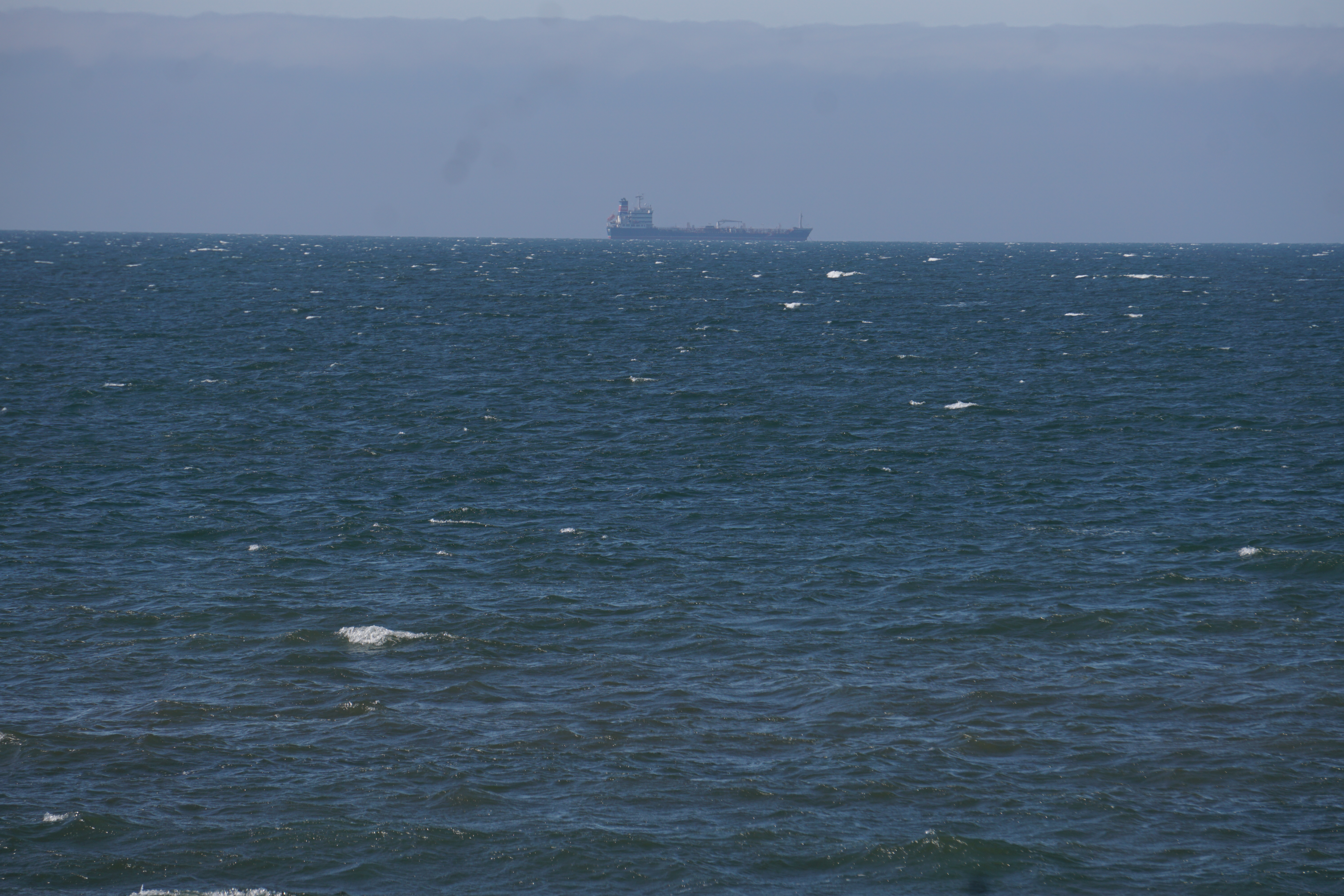
The Bering Sea region, the Pacific gateway to the Arctic Ocean, is home to ecosystems on land and in the ocean that are both abundant and fragile. It’s also changing very quickly — and those changes offer a preview of the changes in store for other parts of the Arctic. This story is part of an ArcticToday series on the changing Bering Sea — and what those transformations mean for fish, wildlife and people.
When Austin Ahmasuk spotted a plume of air pollution streaming from a fuel tanker anchored in waters off his hometown of Nome in the summer of 2019, he tried in vain to get environmental regulators to take action against the ship operator.
He contacted state and federal agencies and sent photos of the ship and the smoke that, by his measurements, extended 11 miles. Agency officials gave noncommittal responses. An official with the Alaska Department of Environmental Conservation — which conducts its Bering Strait-area enforcement from Anchorage, more than 500 miles southeast of Nome — told him in an email that the state has authority to take action for vessel air-emissions violators within the three-mile state territorial limit (the ship Ahmasuk saw was outside this limit) but even then, such action requires an agency staffer to make official smokestack observations, which is “not generally practical to accomplish unless a vessel is in or near a port.”
It was a frustrating experience for Ahmasuk, an Inupiat who works as the marine advocate for Kawerak Inc., a consortium of Indigenous tribes in the Bering Strait region. It was an example of poor environmental behavior in the northern Bering Sea that, for now, slips through without consequence.
“There’s no enforcement,” he said.
That is something that tribal members in the region hope will change now that a new program is in place to give them more say in the management of the rapidly warming and transforming Bering Sea.
The Northern Bering Sea Climate Resilience Area is a one-of-a-kind designation that elevates tribes’ authority in federal management decisions. It contains several mandates, including the creation of a tribal advisory council, requirements for tribal consultation when decisions are made, a permanent ban on oil leasing and a series of improvements for marine and environmental safety, such as boosted oil-spill prevention measures.
The Climate Resilience Area designation, the product of at least two years of planning by the region’s Inupiat, Yupik and Unangan/Aleut tribes, was originally established by an executive order signed by President Obama in December of 2016, in the last days of his second term.
Just a few months later, President Trump in 2017 abolished it as part of a flurry of actions to reverse Obama-era protections.
Now, in a sweeping executive order that President Biden signed just hours after his inauguration, it’s back. And so is some optimism in the northern Bering Sea’s tribal organizations.
“At least we feel like now we are finally being recognized as stewards of the ocean,” Ahmasuk said.
In the four years between Trump’s order and Biden’s order, the northern Bering Sea endured a lot of climate shocks.
The Bering Sea had record-low and near-record low winter sea ice. A succession of bird and mammal die-offs littered beaches with carcasses. Scientists found dense harmful algal blooms in the warmed waters and made the first documented discovery of clams with levels of algal toxins above the limit for safe consumption by people. Masses of boreal fish moved from the southern Bering to the north; Pacific cod started showing up in crab pots and big commercial vessels started harvesting cod and pollock well north of their usual fishing grounds. This winter there is traffic from Russian tankers — without icebreaker escorts — ferrying liquefied natural gas from the Yamal Peninsula to east Asian ports through the Bering Strait.
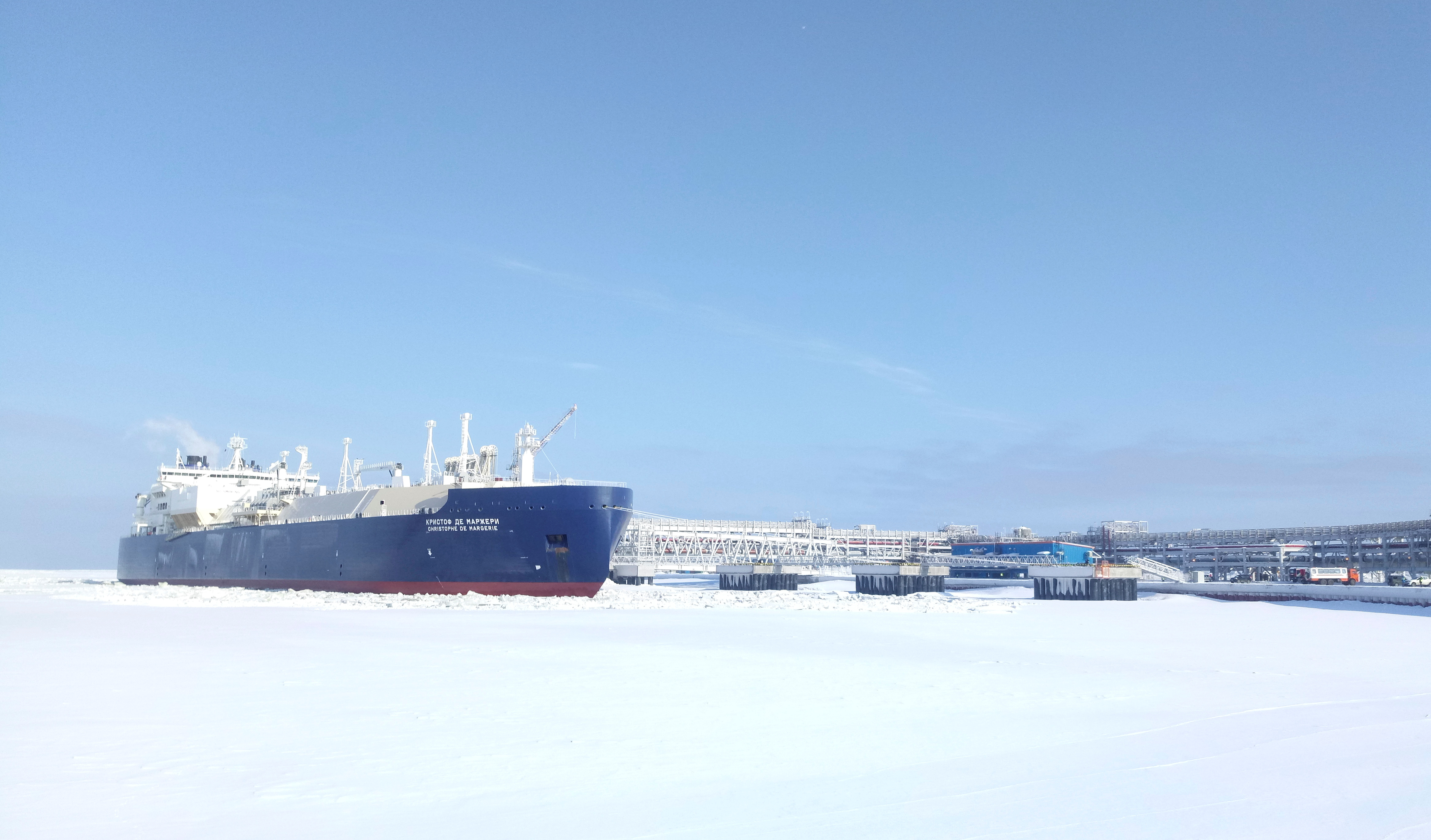
“In the last four years it’s been one thing after another that’s been disruptive,” said Ahmasuk, who lamented the time lost since 2016. “We essentially have to start from ground zero.”
A desire to better manage the increasing vessel activity in the Bering Strait region was a big motivator for the program.
There are numerous regulatory and enforcement gaps when it comes to what ships sailing the northern Bering Sea can release into the water or the air.
A 2018 Pew Charitable Trust report on the subject described existing regulation as a patchwork with many holes.
“Unfortunately, existing rules governing the production and handling of waste are complex and often differ depending on a vessel’s type, size, place of origin, destination, and distance from shore,” said the report, which noted that ocean vessels can put about 40 different types of waste into the air and water.
When it comes to air emissions, the entire Bering Sea is far outside the zone that is subject to the most modern standards. It is not included in the North American Emissions Control Area, a designation enacted by the Environmental Protection Administration more than a decade ago in territorial waters off of most U.S. coastlines. Within the ECA, ships must abide by a series of regulations, such as requirements for use of less-polluting low-sulfur fuel, that have been phased in over recent years. Off Alaska, the ECA’s western edge ends just east of the Kodiak Archipelago, far short of the Bering Sea.
The Bering Sea does fall under the Polar Code, a relatively new set of environmental and ship-safety standards developed by the International Maritime Organization. But the Polar Code itself has limits — some vessels are exempted, for example. The IMO has also yet to mandate a complete ban on the use and carriage of heavy fuel oil in the Arctic region to match its ban in the Antarctic. A version of such a ban currently under consideration by the IMO has been criticized for its loopholes.
Dumping of marine debris is generally illegal under international and federal law — but it happens anyway, as was shown last summer, when waves of fresh trash, apparently from Russia, piled up on Bering Strait beaches in Alaska. Local residents had to collect that trash without agency help, Ahmasuk said.
A federal investigation into the event continues, but definitive answers may never come. Intentional trash dumping is clearly illegal under international maritime law, but “tracing debris items definitively back to a specific source is very difficult, and often impossible,” National Oceanic and Atmospheric Administration spokeswoman Julie Fair said by email.
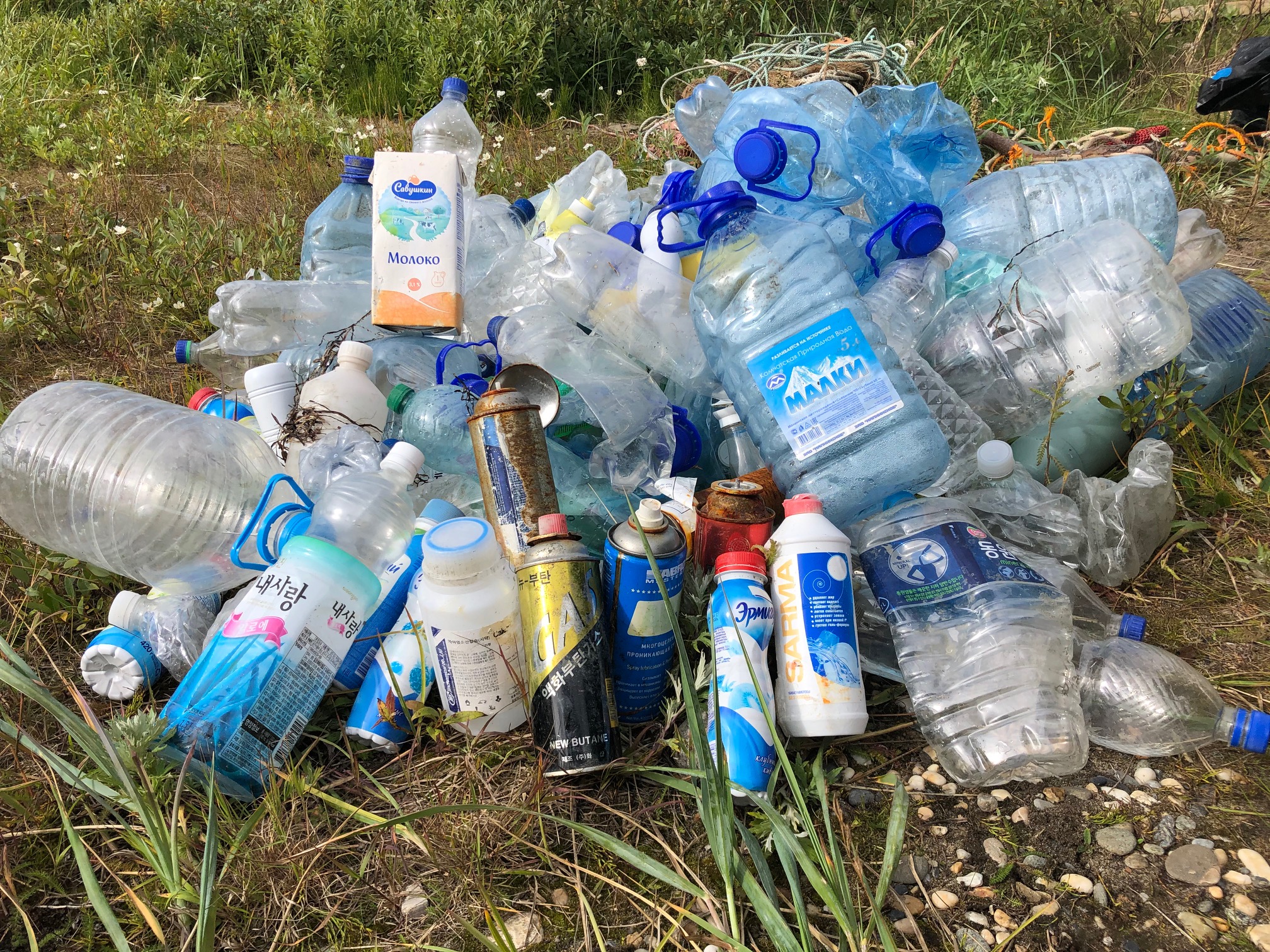
Underwater noise is a well-recognized hazard of vessel traffic and cited specifically as a problem that the Bering Strait Climate Resilience Area will address. For now, there are no provisions in the Marine Mammal Protection Act that address underwater noise, Fair said.
Noise can disrupt movements, migrations and feeding, thereby harming the health of marine mammals. It can even be deadly. Already in the Bering Strait area, there was one case where noise is considered a likely suspect in the 2013 death of a beaked whale found at St. Lawrence Island on the south edge of the Bering Strait. The necropsy found gas bubbles in the whale’s veins, a sign of a rapid rise in the water that could have been a response to unexpected noise.
The U.S. Coast Guard, another government agency with authority over the Bering Sea, “works daily to prevent pollution from occurring in the first place,” addressing risks that range from chronic leaks from vessels to potential oil-spill disasters, said Petty Officer Nate Littlejohn. For example, the Coast Guard has boosted its work by inspectors checking Bering Sea fishing vessels, he said by email.
But the Coast Guard does not have authority over air pollution or underwater acoustics, and it generally does not take enforcement action against those who dump trash at sea unless there are witnesses to the illegal activity, Littlejohn said.
For Indigenous communities in the northern Bering Sea, the provisions in the climate resilience area designation are seen as enabling grassroots tools to address issues like shipping pollution, industrial fishing, oil and mineral extraction and marine debris. The original 2016 order, now resurrected by Biden, “provides a pathway for our Tribes to exercise self-determination and elevates their role in decision-making over the management of activities in the Bering Sea,” tribal organizations said in a January statement.
Not everyone endorsed the approach.
There was backlash from Alaska’s all-Republican Congressional delegation when Obama issued the original order. The delegation, in a joint statement issued Dec. 9, 2016, heaped scorn on the idea.
“This is the first time we have ever seen the term ‘climate resilience area’ in Alaska or anywhere else,” Senator Lisa Murkowski said in the statement. “We have no idea what that designation is supposed to mean, what legal authority it is supposed to rest on, what the limitations for it will be, or what it will mean for subsistence, shipping, fishing, and other activities in western and northern Alaska.”
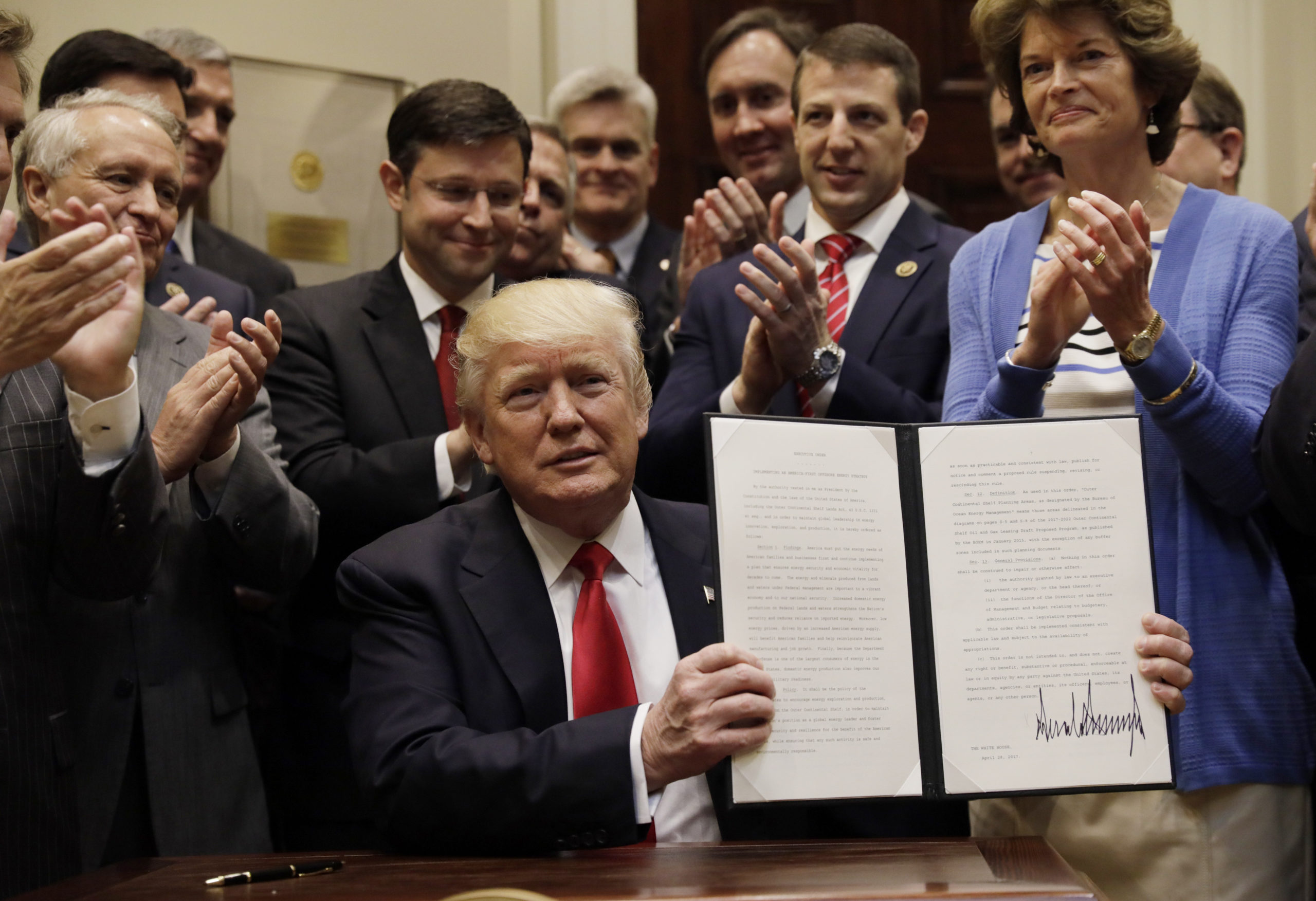
For the Inupiat, Yup’ik and Unanagan/Aleut people who worked to win the climate resilience area designation, the Trump action to undo the designation — and the tacit approval of that act by the Congressional delegation — sparked simmering anger.
The subject was broached during the mostly online 2020 Democratic National Convention when Chuck Degnan, an Inupiat-Yup’ik fisherman from Unalakleet who delivered his “Roll Call Across America” remarks from a Bering Sea beach.
“The waters we rely on to feed our families and make a living are threatened by climate change,” Degnan said in his video address to the convention. “When Joe Biden was vice president, he and President Obama made sure Alaska’s tribes had a saw in how these waters were managed. Now Trump took it away. We must elect a president who will respect our voices, protect our waters and address climate change.”
Now, not only is Biden president, but Natalie Landreth, the Native American Rights Fund attorney who helped the Bering Sea Elders Group craft the climate resilience program, is in a leadership role in the Biden administration’s Interior Department.
Meanwhile, there have been other institutional attempts to elevate Indigenous voices in Bering Sea management — with mixed results so far.
The North Pacific Fishery Management Council in 2018 approved an ecosystem management plan that includes as one of its goals better outreach to and participation by tribal communities. Parallel to the ecosystem management plan is a blueprint for community engagement that has won praise from the Bering Sea tribal organizations.
But the council process is slow and bureaucratic; it took two years to come up with recommendations for better community engagement, and the recommendations are still awaiting final action.
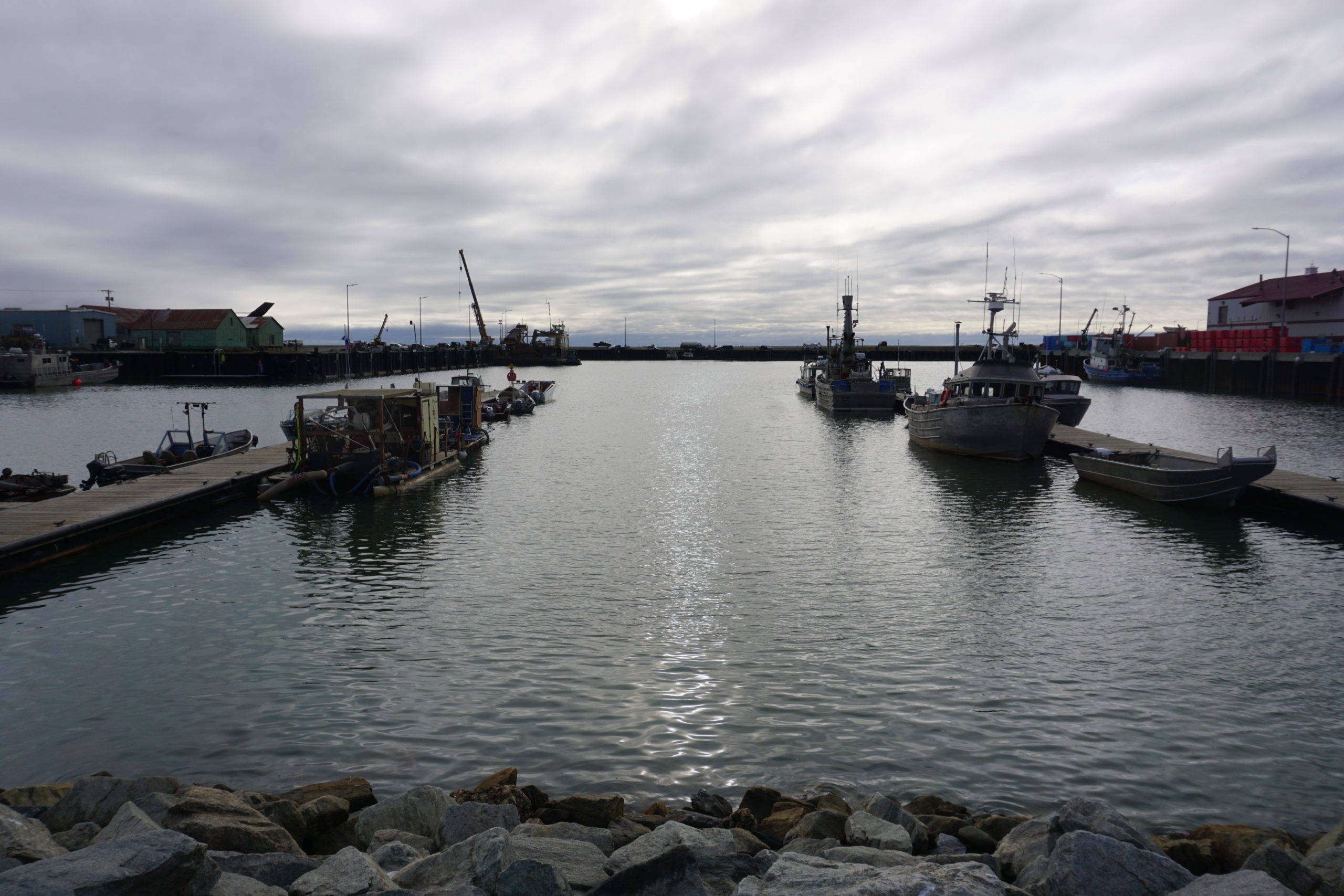
For Indigenous people from the small communities in the northern Bering Sea, there can be some steep barriers to participation in federal fisheries management. One is the nature of the North Pacific council itself. It has a longstanding orientation toward the very large-scale seafood harvests conducted by very large corporations in the southern Bering Sea. For those lacking such corporate connections, the council process and even its terminology, with its blizzard of acronyms like TAC (total allowable catch), ABC (allowable biological catch) and OFL (overfishing levels), can be hard to penetrate.
“We have a diverse state. We have hundreds of communities with tens of thousands of individuals that find the process difficult to navigate, impossible to navigate, intimidating and just overall inaccessible,” Lauren Divine, ecosystem conservation director for the Aleut Community of St. Paul Island, told the council at its February meeting.
As for shipping safety, one major success was accomplished during the Trump years: the establishment of shipping lanes and safety “areas to be avoided” zones in the Bering Strait and northern Bering Sea. The IMO in 2018 approved a joint U.S.-Russia proposal that was crafted with input from Indigenous people of the region.
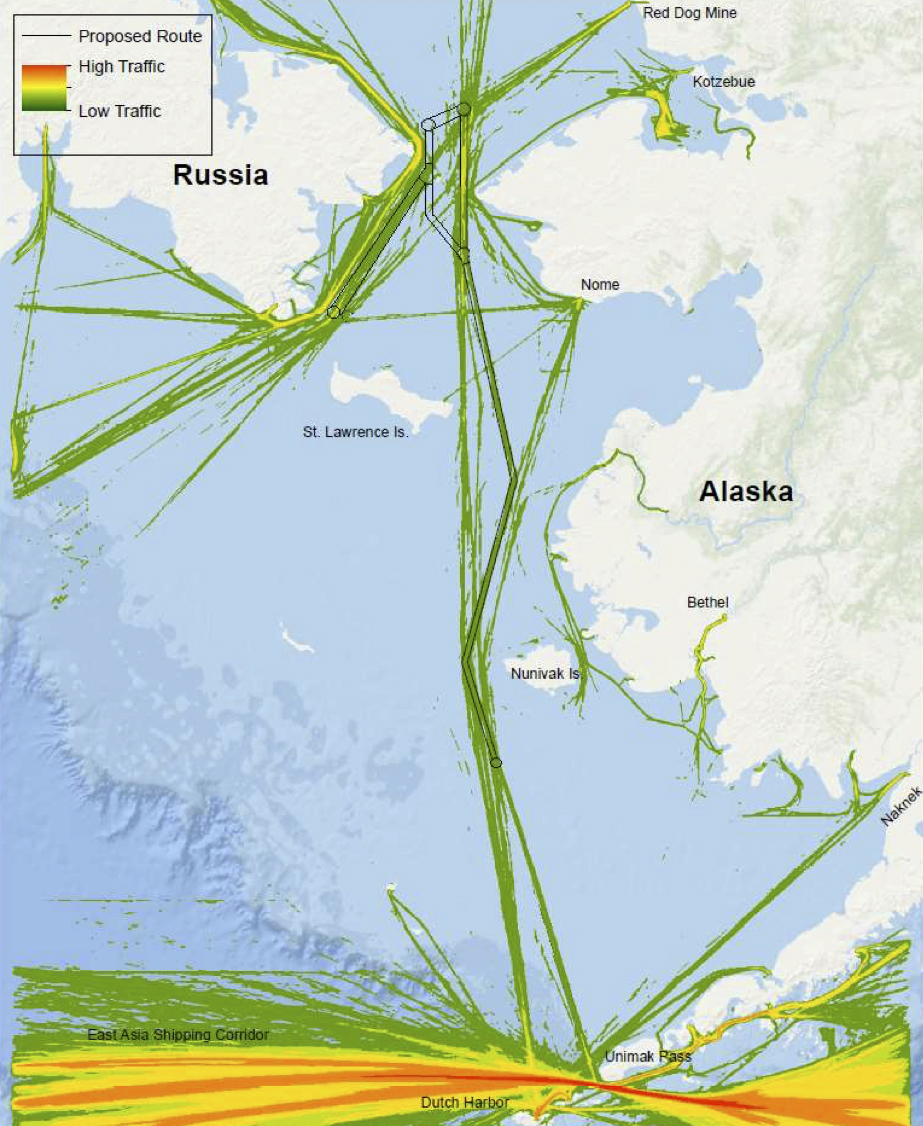
But there are limits to the IMO’s relationship with Indigenous people of the Bering Sea and beyond. The IMO has no formal structure for direct Indigenous participation — though the Arctic Council, which includes six international Indigenous organizations as permanent participants included in decisions and policies, does advise the IMO on Arctic marine issues.
The National Science Foundation is another organization seeking to improve relations with Indigenous people of the Bering Sea and other Arctic regions.
The foundation’s Navigating the New Arctic program, which began funding projects in 2019, puts emphasis on consultation with Indigenous people, sensitivity to local and Indigenous needs and incorporation of Indigenous knowledge.
But the program is falling short of its well-intentioned goals, Native leaders and several non-Native scientists have argued.
In a March 2020 letter to the National Science Foundation, tribal leaders said that there’s still a disconnect between the region’s people and the researchers and agency managers who come in to do research or enact policy.
“There are many types of research questions important to our food security, human health and well-being, infrastructure, security, cultural heritage, and resilience in an Arctic that requires increasingly nimble adaptation of our communities. We continue to lack meaningful access and voice in the vast landscape that is the ‘research process’ to ensure that these questions are addressed in locally relevant and respectful ways,” said the letter from Kawerak, the Bering Sea Elders Group, the Association of Village Council Presidents and the Aleut Community of St. Paul Island.
This story was supported by a Western Journalism and Media Fellowship from Stanford University’s Bill Lane Center for the American West and by the Alaska Center for Excellence in Journalism.



